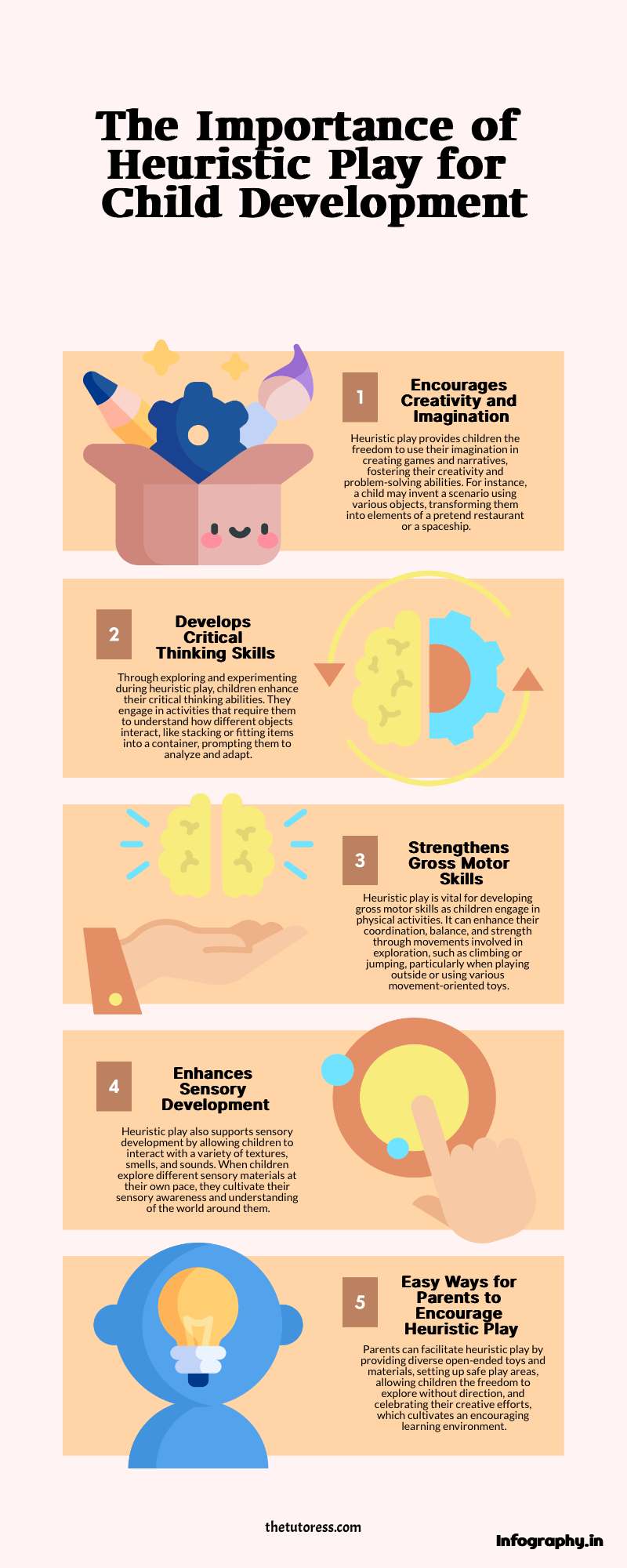Raising a child who’s not just smart but also has a thirst for learning is the goal for many parents. After all, intelligence isn’t just about being good at schoolwork; it’s about fostering curiosity, creativity and problem-solving skills. While every child is different, there are certain habits that can help nurture these qualities in your child. Here are ten effective habits that you can incorporate into your daily routine to cultivate intelligence in your child.
1. Encourage Daily Reading
Reading is one of the most powerful ways to enhance your child’s intelligence. Make reading a daily habit by setting aside at least 20 minutes a day for this activity. Whether it’s bedtime stories or independent reading, the key is consistency. Choose a variety of books that challenge your child’s thinking, expand their vocabulary and introduce them to new concepts.
2. Foster a Love of Learning
Cultivating a love of learning is essential for long-term intellectual growth. Encourage your child to ask questions, explore their interests, and pursue topics that intrigue them. This could involve visiting museums, engaging in science experiments at home, or simply having meaningful conversations about the world around them. The goal is to make learning an exciting and ongoing adventure. As parents, it’s easy to shun your child’s curiosity and try to ‘hush’ their questions and comments, however, in order to foster a sense of curiosity and enhance their critical thinking skills, it’s actually important to listen and engage with them.
3. Practise Critical Thinking
Incorporate critical thinking into your child’s daily life by discussing current events, solving puzzles together, or playing strategy games like chess. Ask open-ended questions that require them to think deeply and consider different perspectives. This habit helps develop problem-solving skills and the ability to analyse situations logically.
4. Limit Screen Time and Encourage Outdoor Play
While educational apps and TV programs can be beneficial, too much screen time can hinder cognitive development. Balance screen time with outdoor play, which has been shown to improve focus, creativity, and problem-solving skills. Activities like playing in the park, hiking, or even simple garden games (like hop-scotch) can stimulate their bodies and minds.
5. Promote a Healthy Diet
A balanced diet rich in fruits, vegetables, whole grains, and healthy fats is crucial for brain development. Omega-3 fatty acids, found in fish like salmon, are particularly important for cognitive function. Encourage your child to eat a variety of nutritious foods that fuel both their bodies and minds, helping them stay sharp and focused throughout the day.
6. Encourage Creative Expression
Creativity is a vital aspect of intelligence. Provide your child with opportunities to express themselves through art, music, writing, or any other creative outlet. Whether it’s drawing, playing an instrument, or storytelling, these activities stimulate the brain and foster innovative thinking. Encourage them to think outside the box and explore their creative instincts.
7. Establish a Consistent Sleep Routine
Sleep is essential for memory consolidation and cognitive development. Ensure your child gets enough sleep by establishing a consistent bedtime routine that allows them to wind down and relax. A well-rested child is more likely to be attentive, engaged, and ready to learn during the day.
8. Engage in Meaningful Conversations
Take the time to have meaningful conversations with your child. Discuss their thoughts and feelings, and encourage them to share their opinions on various topics. This not only improves their communication skills but also helps them develop a deeper understanding of the world. Listening to them and responding thoughtfully reinforces their ability to articulate and process complex ideas.
9. Promote Problem-Solving Activities
Incorporate problem-solving activities into your daily routine. This could be as simple as building with LEGO, completing jigsaw puzzles, or playing brain-teaser games. These activities help develop critical thinking skills, enhance spatial awareness, and encourage perseverance. Make it a fun and challenging part of their day.
10. Model a Growth Mindset
Children often learn by observing their parents. Model a growth mindset by showing them that intelligence and abilities can be developed through effort and persistence. Encourage them to view challenges as opportunities to learn and grow, rather than as setbacks. Celebrate their efforts and progress, not just the end results, to instil a love for learning and resilience in the face of obstacles.
By incorporating these daily habits into your child’s routine, you can create a nurturing environment that promotes intellectual growth and increases your child’s chances of thriving in all areas of life. Remember, intelligence is not just about academic success; it’s about fostering curiosity, creativity, critical thinking and a love for learning. With consistent effort and encouragement, you can help your child reach their full potential and develop the skills they need to thrive.






